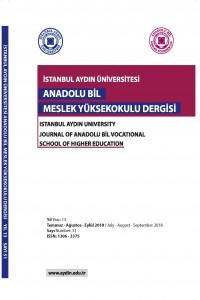
Anadolu Bil Meslek Yüksekokulu Dergisi
Yazarlar: Mehmet Ali BARAN
Konular:-
Anahtar Kelimeler:Salty water,Sustainability,Climate change,Treatment
Özet: Water being basic nutrient for all creatures comprises the main source of life and ecosystem while it cannot be substituted. Water is of vital importance in various disciplines such as use for humanity, energy generation, economical development, agricultural irrigation, continuity of the ecosystem and national security. Protection of existing water resources is provided by rationalist policies, sustainable usage, spatial and sectoral planning and integration of the auditing systems including foresight of making decision process and coordination and therefore it is transferred to the next generations.In this article, existing water resources are reviewed in Turkey and World by considering usage in various fields, and importance and existence of the water in nature are stressed. Water shortage lived globally, is studied by brief deductions in respect to theoretical and practical usage fields by scrutinizing the effects of climate change and drought to the existing water resources in recent years. Moreover, creating of fresh water by desalinating of sea water in order to solve the water problems and advantages and disadvantages of aforesaid systems to the nature are studied